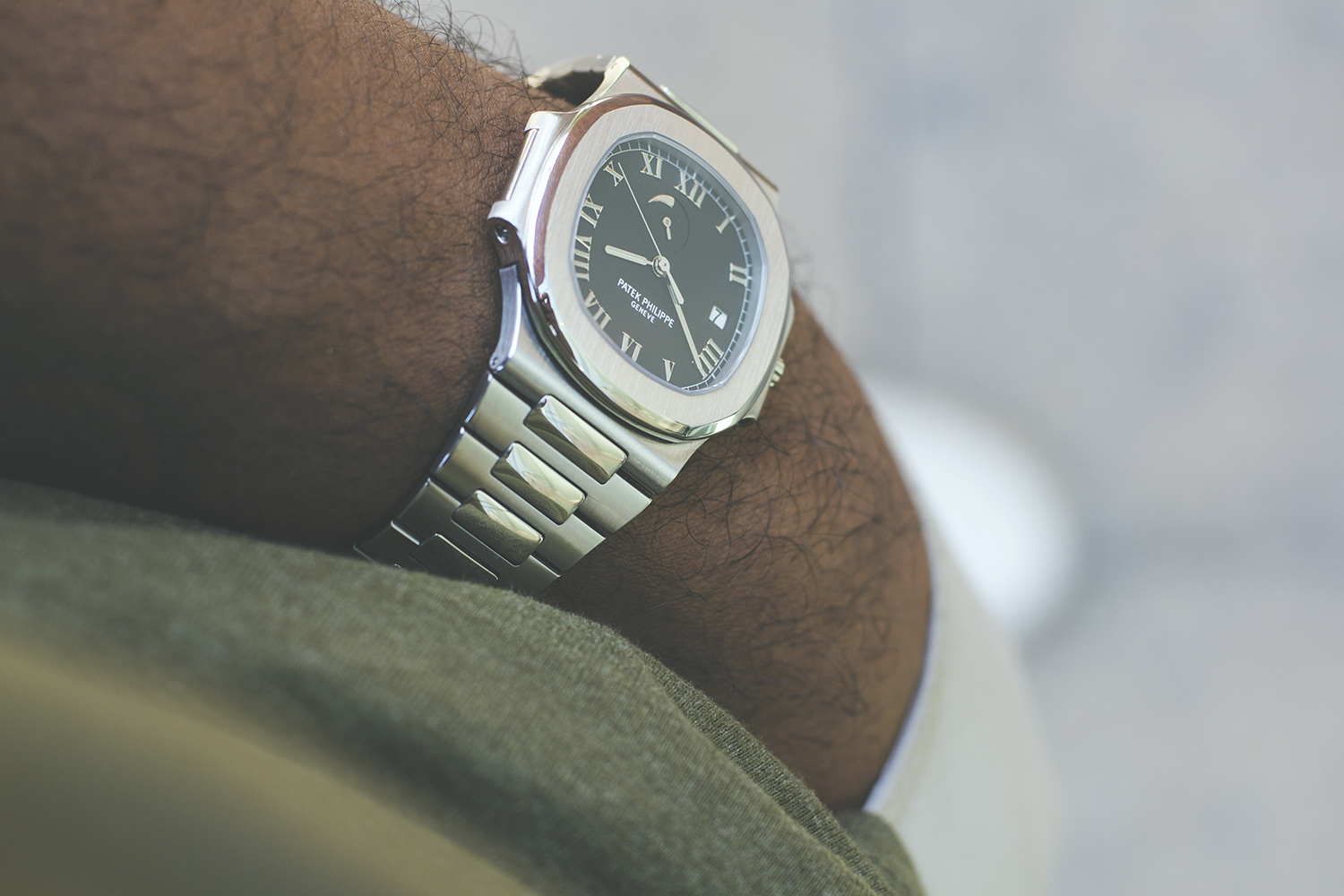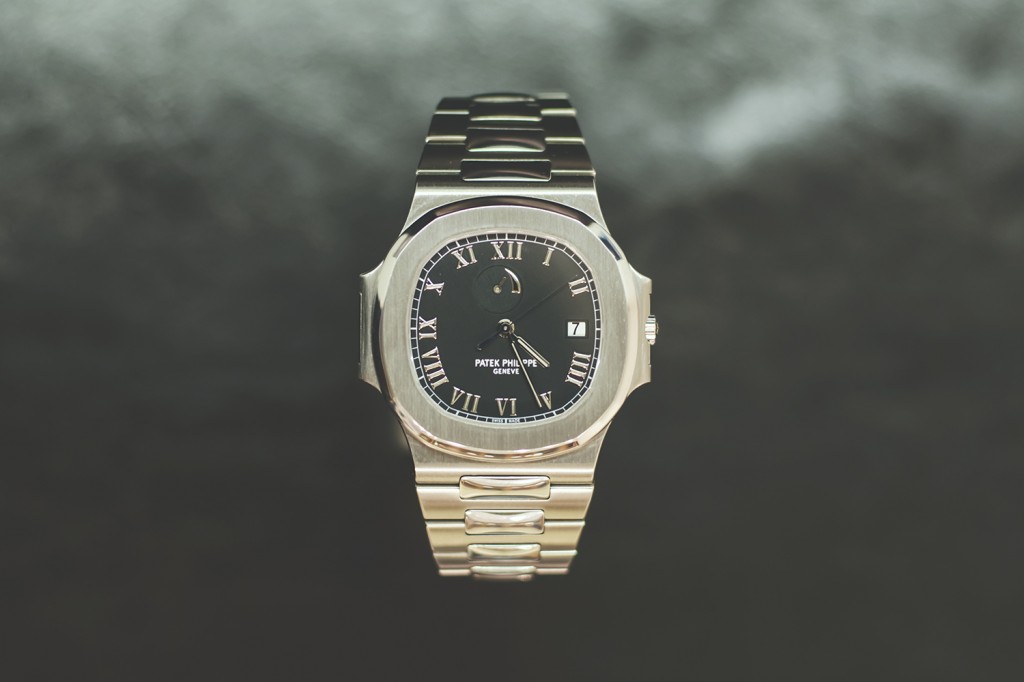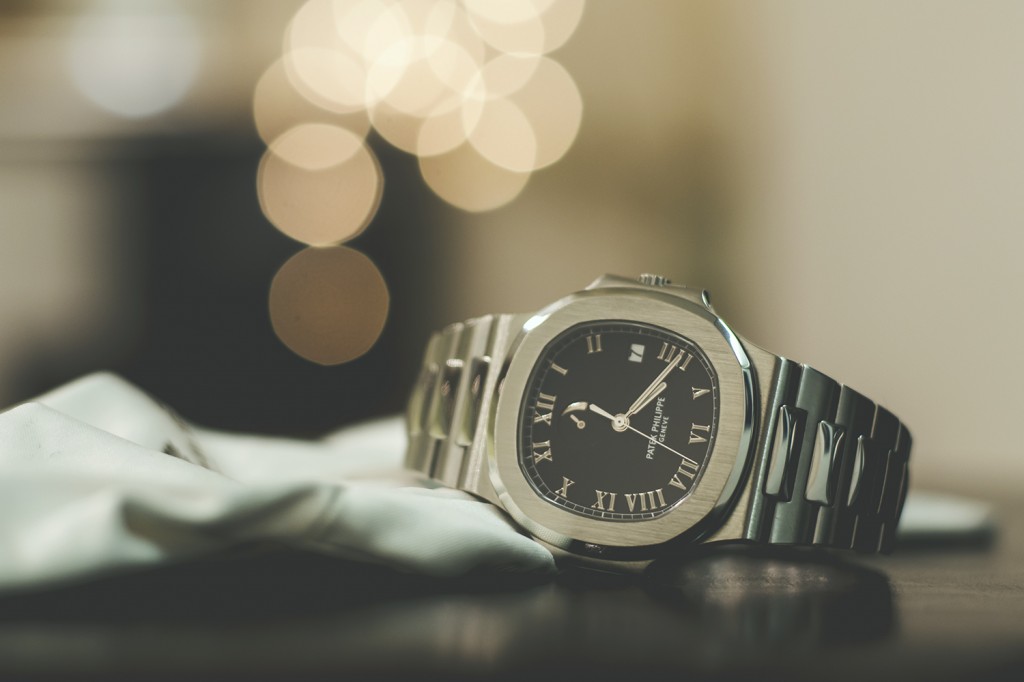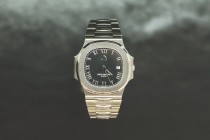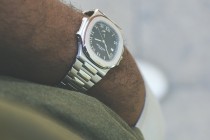Patek Philippe is regarded as one of the most prestigious watch companies from Switzerland. Their clients are often very wealthy and located worldwide. As a brand they probably have one of the best slogans I have read and smirked at as they say, “You never actually own a Patek Philippe. You merely look after it for the next generation. This is quite a statement and looking at the second-hand value of their watches you begin to understand just how good their watches really are.
In the mid-1970s Patek Philippe famous for their quality and complications or just there timeless gold dress watches, decided to manufacture a luxury sports watch. As a few years earlier, in 1972, Audemars Piguet proved that an haute horlogerie brand could actually get away with a luxury sports watch in stainless steel, by introducing the iconic Royal Oak timepiece.
Patek Philippe used the same man who was responsible for designing the Royal Oak, Gérald Genta. Patek Philippe looked to Genta for some new inspiration and he didn’t disappoint. Genta designed a watch with very specific characteristics, the combination of polished and satin brushed parts on the case and bracelet and – of course – the integrated stainless steel bracelet, done with the highest possible grade of finish. In 1976, Patek Philippe introduced the Nautilus to the public.
A large part of the Patek Philippe clients didn’t like the Nautilus. A sports watch did not make much sense for a company like Patek Philippe, who always had there, focus on classic shaped (gold) timepieces. The Nautilus became the “enfant terrible” of the collection and till this day actually still is…
Nautilus 3710/1A: Although this may not be the original 3700/1A, it is not too dissimilar and in some ways a little more intriguing. It still has the original porthole case design – which consists of two parts. The stainless steel case of the 3710/1A Nautilus measures 42mm x 44mm, which has earned it the nickname of “Jumbo”. This is the same size the original 3700/1A was, which was considered large back in 1976.
Although the dial may be more intriguing, this doesn’t necessarily mean it is better? The matte black finish of the dial with train track seconds indicators running around the outside gives it a very neat look. However, the use of Roman numerals does unsettle the balance of the dial – making it look a little messy. In between 11 and 12 o’clock is a power reserve meter also known as the “Comet Tail”, which is slightly unorthodox – as it chases the indicator hand to display the state of wind. Some may regard as a bit of a novelty but I actually quite like it.
There is no exhibition window on this 3710/1A Nautilus but it does house a beautifully finished, mechanical automatic winding, Patek Philippe Calibre 330 S C IZR with the Geneva seal hallmarked, 29 jewels, PP’s innovative Gyromax balance wheel and a 21k gold rotor.
Sports watches mainly tend to feature quite large bracelets. The 3710/1A Nautilus however, features a nice thin and sleek double folding clasp bracelet. For safety reasons, there is a Patek Philippe engraved flip lock on the clasp as well, to make sure it can’t open by accident. It’s the only sports watch I know that will sit nicely under your shirtsleeve without catching
Till this day for many reasons the Patek Philippe Nautilus remains to be one of my favourite watches that in time I will add to my collection. However, this Nautilus 3710/1A that I’ve seldom come across, does have a few traits I admire and some not so much. I really do like the matte black finished dial but as mentioned before the Roman numerals don’t quite work for me. If I had the choice of a 5711/1A and this 3710/1A, I’d probably go for the 5711/1A. However, I think for those that are Nautilus lovers and like collecting the different variations – this 3710/1A might just be the Nautilus they are looking to add to their collection due to its rarity and limited production?
